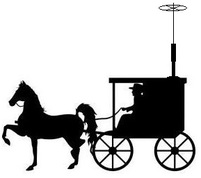Well, 2 years later, I finally finished the project, and here is what it turned out to be:
If you don't know what a Little Free Library is, here's the scoop - random people put up some type of box, little house, etc. and stock it with books that are free for the taking. Take a book, and when you're done, leave it in the same little library, a different one, or pass it along - I think this type of sharing is certainly in the spirit of ham radio, so if you look close, you'll see one of my contributions to our Little Free Library:
With any luck, maybe a neighbor will get curious, take it, and become a new ham!
So how can you help? First, you don't need to build your own library - take these easy steps, and you can help spread the ham-radio word to anyone that may stumble across libraries like this that are all over the world:
Easy STeps to Spread The Word!
- Go to littlefreelibrary.org/ourmap/ to find a little library near you
- Buy some of the books below, and stick them in! I'll probably put these on repeat in my own Amazon cart, to make sure that there is always at least 1 or 2 radio books stocked in ours.
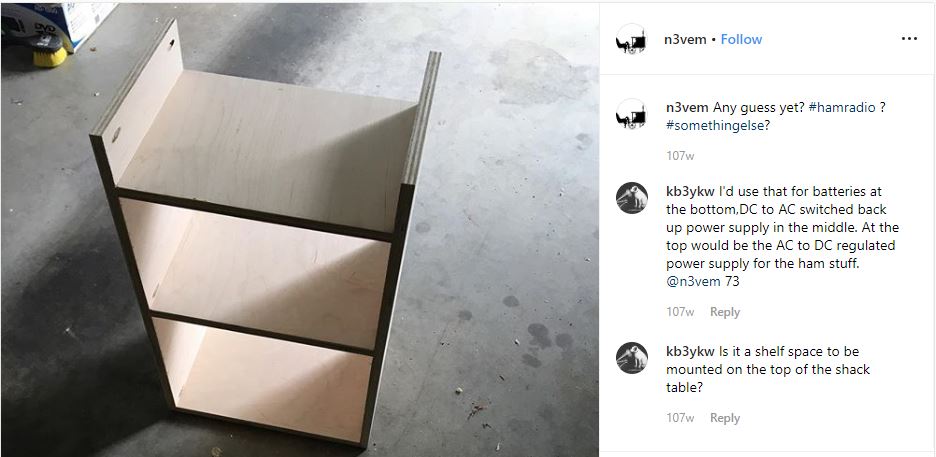
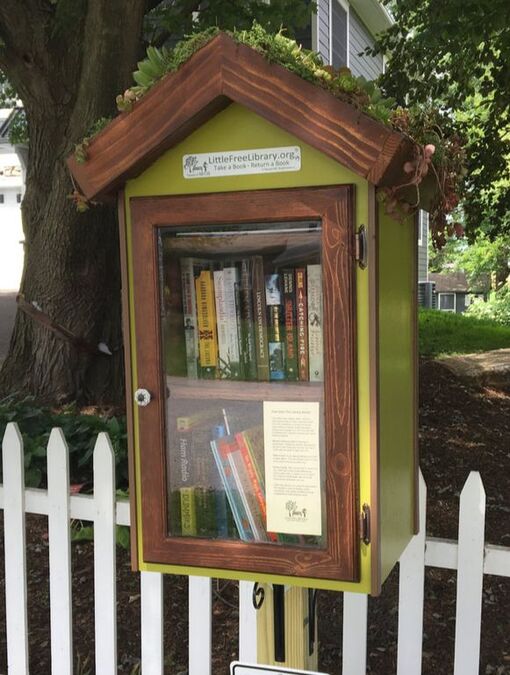





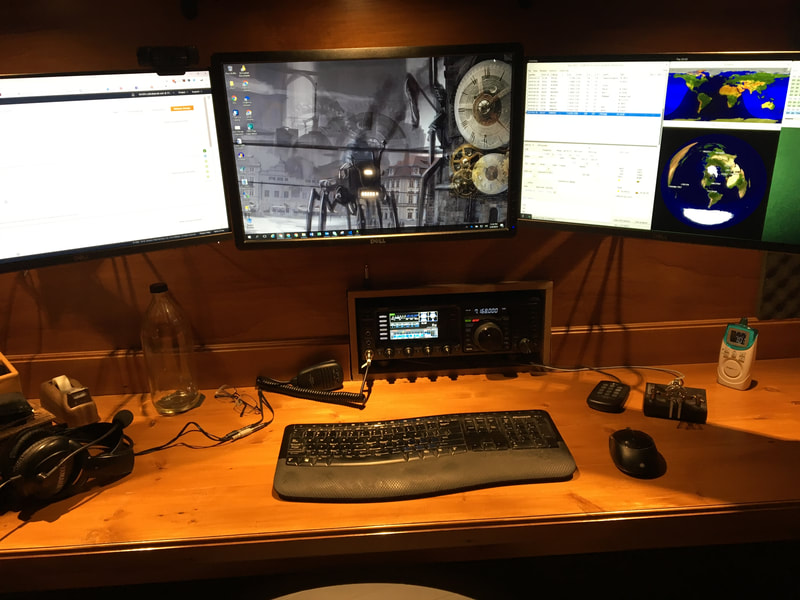
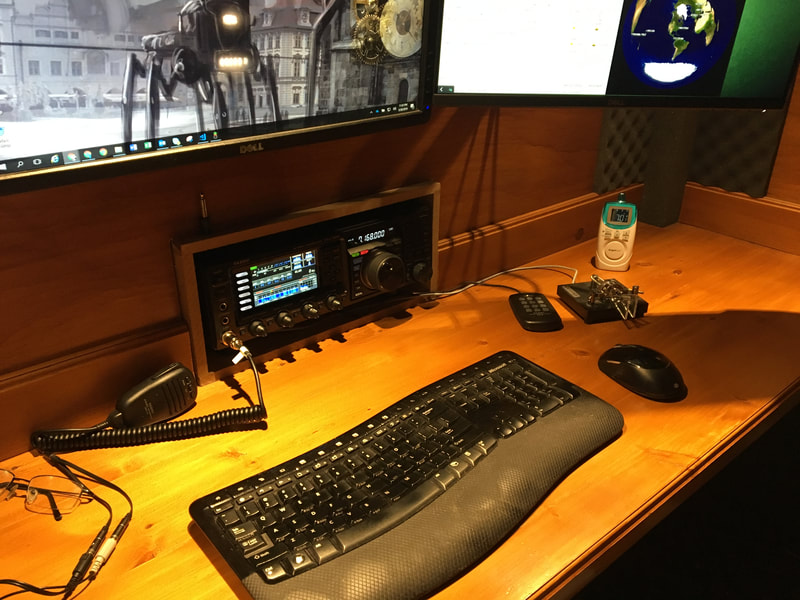
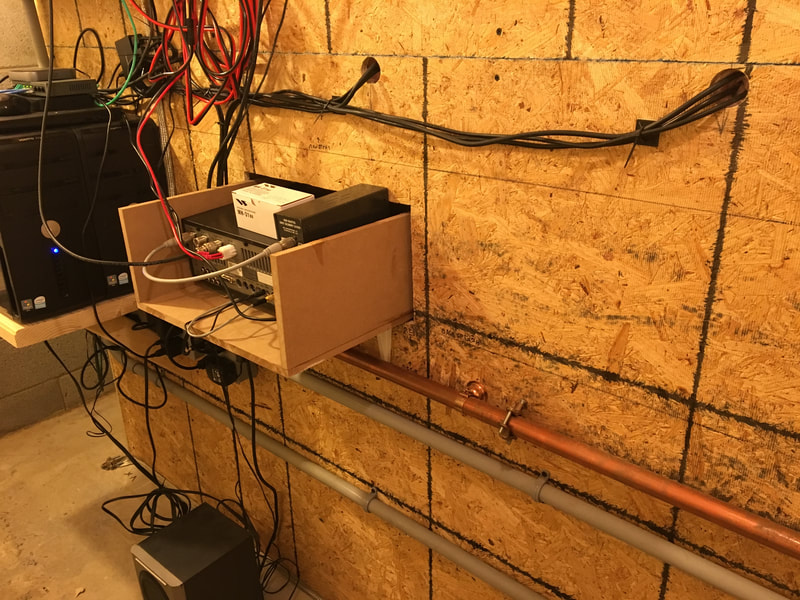
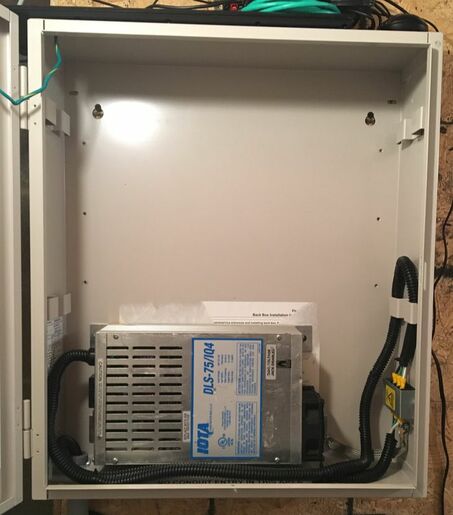








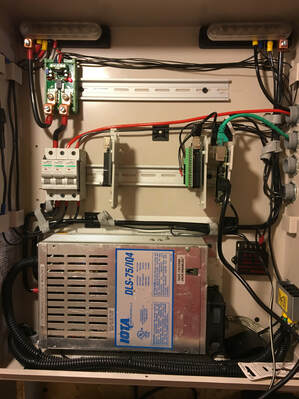
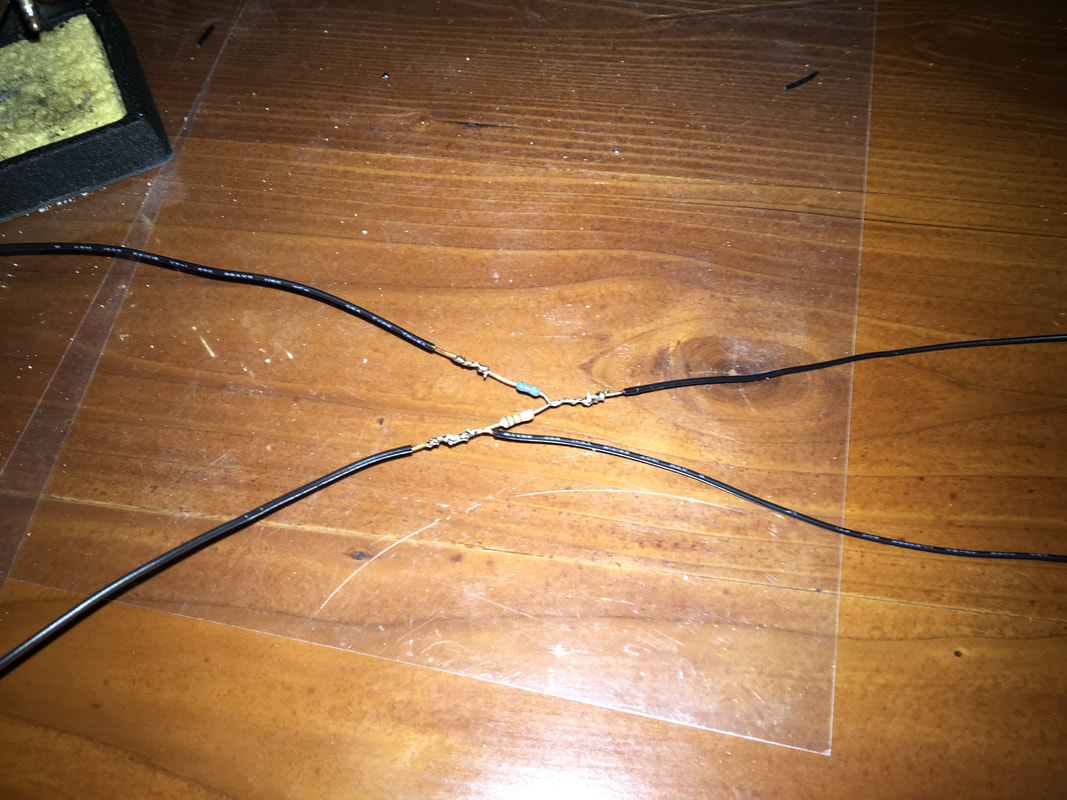
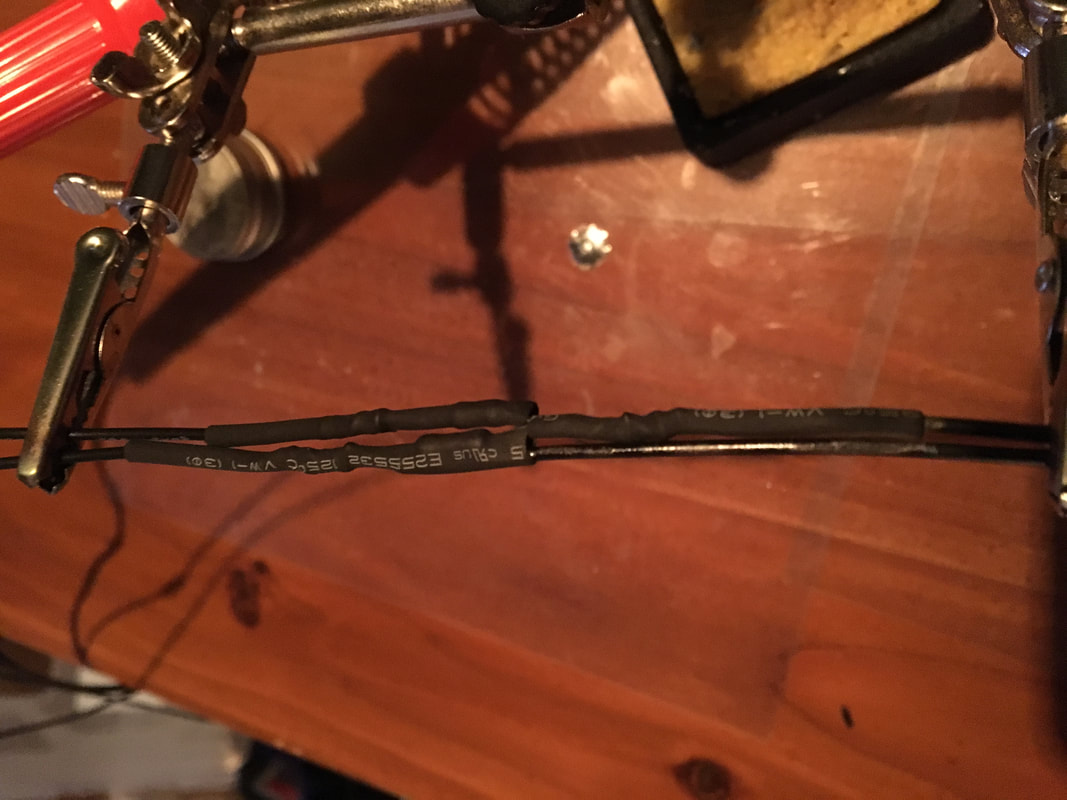
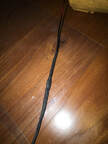

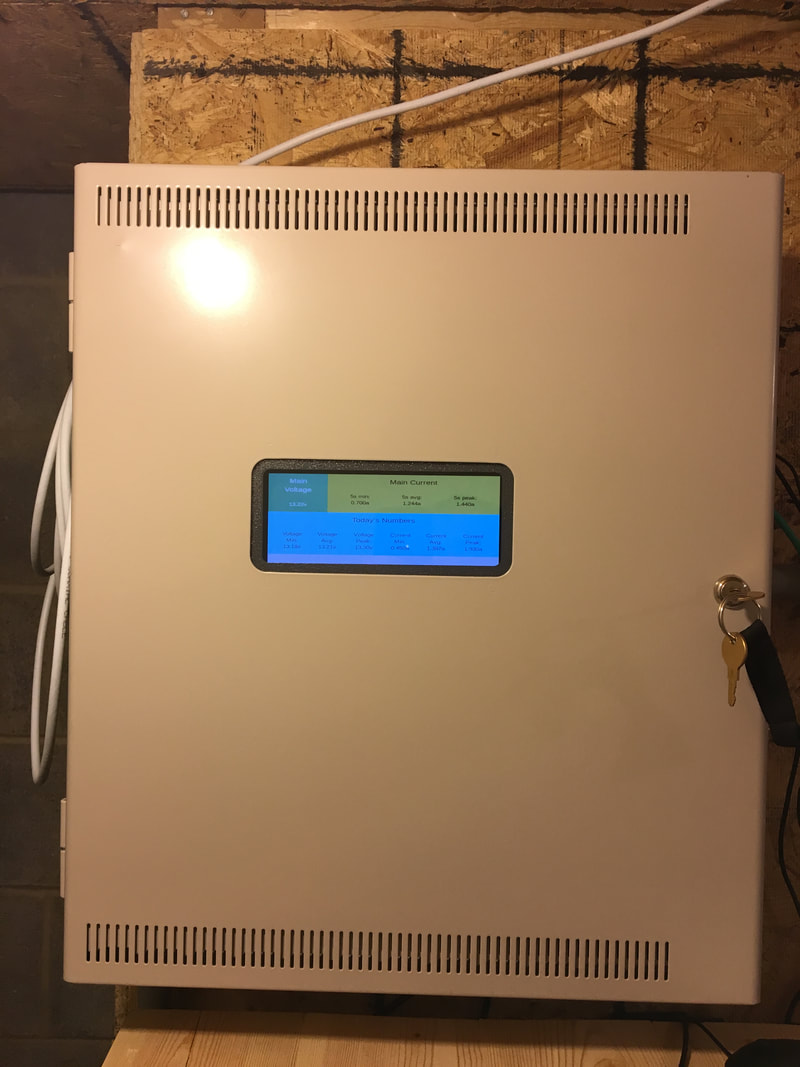
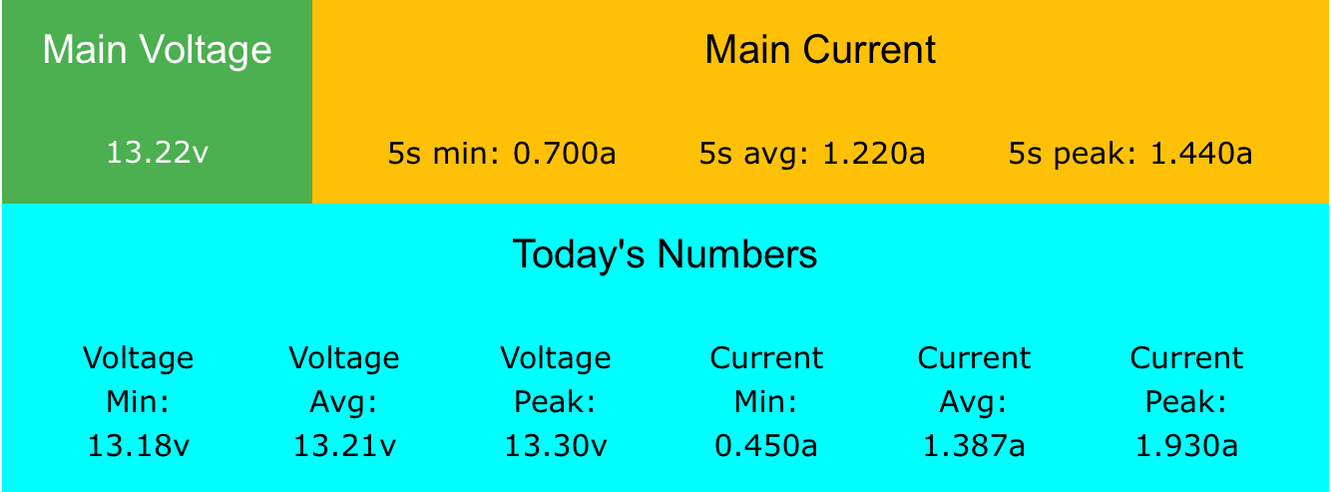
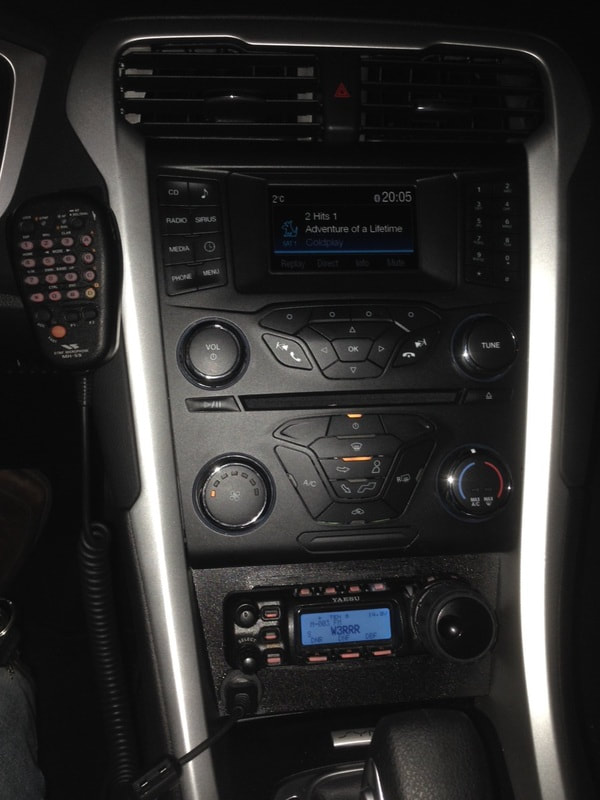

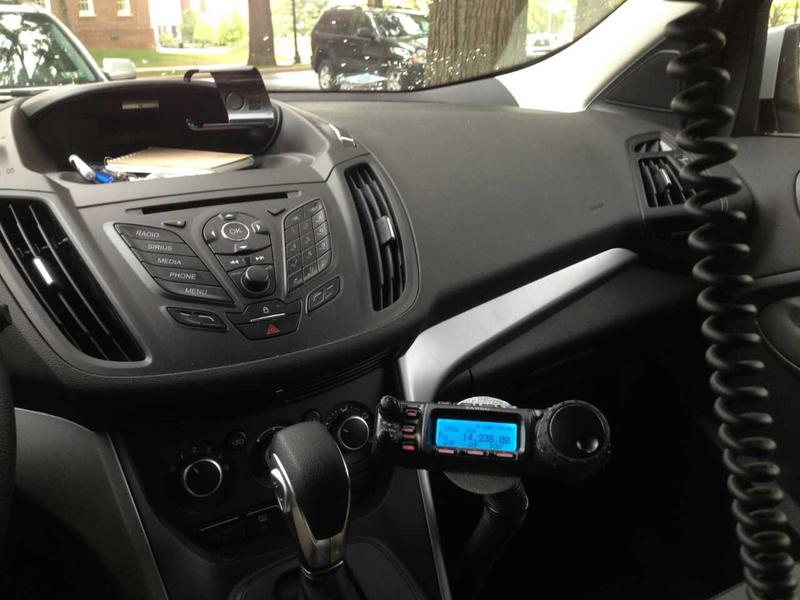


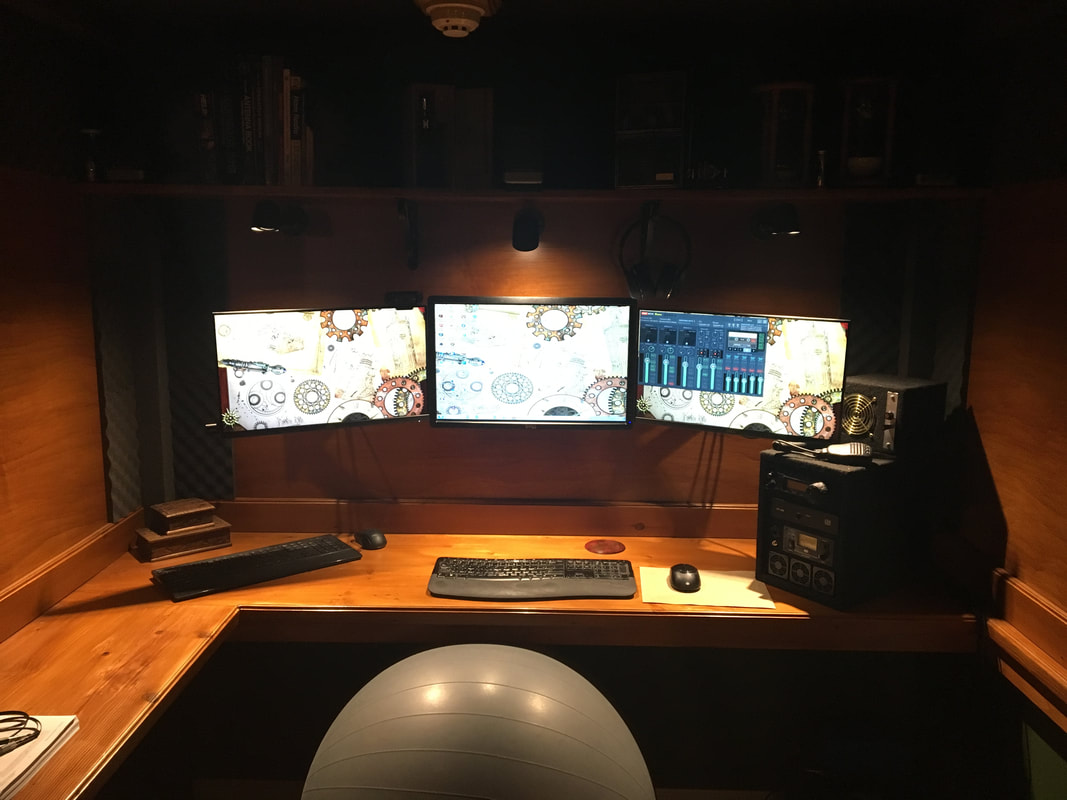
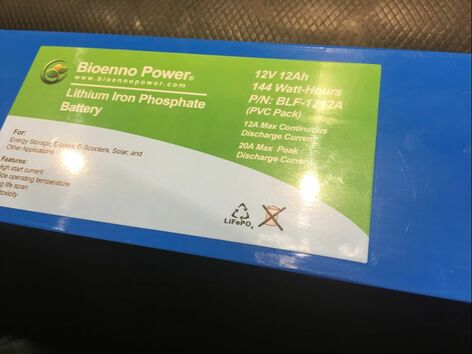
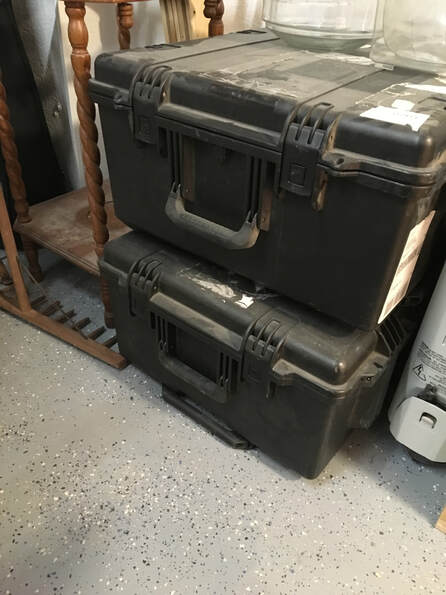
 RSS Feed
RSS Feed



